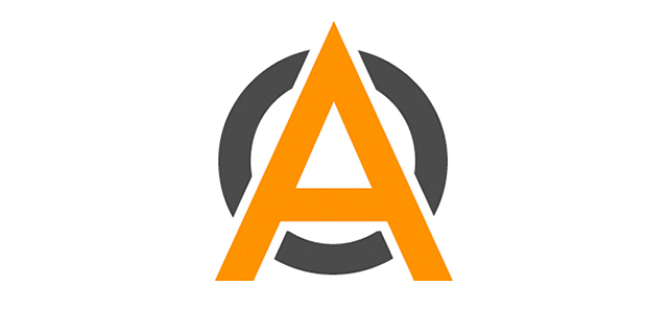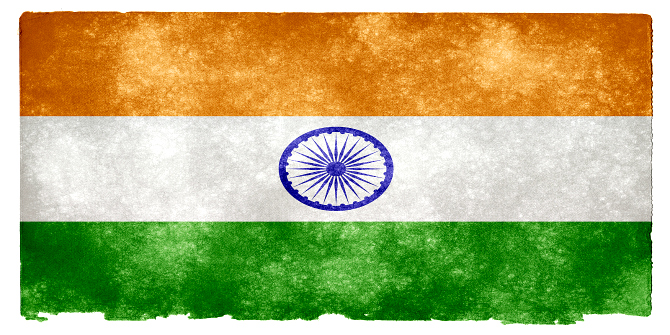Sascha Friesike, Benedikt Fecher and Gert. G. Wagner outline three systemic shifts in scholarly communication that render traditional bibliometric measures of impact outdated and call for a renewed debate on how we understand and measure research impact.
New digital research infrastructures and the advent of online distribution channels are changing the realities of scientific knowledge creation and dissemination. Yet, the measurement of scientific impact that funders, policy makers, and research organizations perpetuate fails to sufficiently recognize these developments. This situation leaves many researchers stranded as evaluation criteria are often at odds with the reality of knowledge creation and good scientific practice. We argue that a debate is urgently needed to redefine what constitutes scientific impact in light of open scholarship. Open scholarship being scholarship that makes best use of digital technology to make research more efficient, reproducible, and accessible. To this end, we present four ongoing systemic shifts in scholarly practice, which common impact measures fail to recognize.
Shift one: Impact originates from collaboration
The increasing number of coauthors in almost every scientific field and rising incidences of hyperauthorship (articles with several hundred authors) (Cronin 2001), suggest that meaningful insights can often only be generated by a complex combination of expertise. This is supported by the fact that interdisciplinary collaborations are associated with higher impact (Chen et al. 2015, Yegros-Yegros et al. 2015). Research is increasingly becoming a collaborative enterprise.
The authorship of scientific articles, which is the conceptual basis for most common impact metrics, fails in conveying the qualitative contribution of a researcher to complex research insights. A long list of authors tells a reader little about the contribution of an individual researcher to a project. This becomes apparent even in small groups: Last year the Forum of Mathematics, π, published a formal proof for the 400 year old Kepler conjecture (Hales et al., 2017). The paper lists 22 authors. While we can attribute the original problem to Kepler, in this instance it is impossible to understand what each of the 22 authors actually contributed. In the experimental and empirical sciences papers with more than 1000 authors are not uncommon. In these instances, the published article is an inadequate object through which to capture complex forms of collaboration and distil the individual contribution and impact of a researcher.
At the same time, there are projects that are conducted by a small number of researchers or even a single author and the single authored article or book remains commonplace in many fields, especially the humanities. It’s obvious nonsense to assess the contribution of an author with dozens or hundreds of co-authors the same way we assess the work of a single author. But that is exactly what Google Scholar does when it shows lifetime citation numbers, which are not discounted by the number of co-authors, or the H-Index, which does not differentiate if a paper is single-authored, or has 1,000 authors. By subsuming different levels of contribution and forms of expertise under the umbrella concept of authorship, we compare apples with oranges.
Our understanding of impact dilutes the idea of authorship and fails to capture meaningful collaborations.
Shift two: Impact comes in different shapes
Researchers increasingly produce results that come in forms other than articles or books. They produce scientific software that allows others to do their research, they publish datasets that lay the foundation for entire research projects, or they develop online resources like platforms, methodological resources, or explanatory videos that can play a considerable role in their respective fields. In other words: Research outputs are becoming increasingly diverse.
While many researchers have considerable impact with outputs other than research articles or books, our conventional understanding of impact fails to record and reward this. Take Max Roser as an example, the economist behind the platform Our World in Data, which shows how living conditions are changing over time. The platform is a popular resource for researchers and journalists alike. Roser has an avid twitter base and is a sought-after expert on global developments. His academic work clearly has societal impact. Judged by conventional impact metrics however his impact is relatively small. Another example is the programming language R which benefits from the works academics put into it. The versatility of the available packages have contributed to R’s popularity among data-analysts–in and outside of the academic system. However, the undeniable value that a researcher creates when programming a popular piece of software (or generally contributes to the development of critical research infrastructure) is not captured by our understanding of impact. Scholars that are investing time and effort in alternative products or even public goods (as in the case of R) face disadvantages when it comes to the assessment of their work and ultimately career progression.
For this reason, researchers are compelled to produce scientific outputs that are in line with mainstream measures of impact. For example, number of articles published in specific outlets or number of citations, despite the fact that many peer-reviewed articles receive marginal attention. Larivière and colleagues found that 82% of articles from the humanities, 27% of natural science articles, and 32% of social science remain uncited, even five years after publication (Larivière et al., 2009). At the same time, researchers are deterred from other meaningful activities and motivated to withhold potentially useful research products in order to maximize the number of articles they can publish (Fecher et al., 2017).
Our understanding of impact perpetuates an analogue mainstream, neglects the diverse form of impact, scientific work and demotivates innovation.
Shift three: Impact is dynamic
We live in a world in which our biggest encyclopedia is updated seconds after important news breaks. Research products are basically information goods and therefore likewise prone to constant change (e.g., tables and graphs that are being updated with live data, blog posts that are revised). Even a conventional article, a seemingly static product, changes in the publication process as reviewers and editors ask for clarifications, additional data, or a different methodological approach.
Traditional impact measures fail to capture the dynamic nature of novel scholarly products. For many they are not considered citable. For example, the radiologist Sönke Bartling maintained a living document that covered the opportunities blockchain technology holds for the scientific community. With the attention the technology received, Bartling’s frequently updated document attracted considerable attention from researchers and policymakers. His work certainly had impact as he maintained a key resource on a novel technology. However, Bartling stopped updating the document when he came across several instances in which authors had copied aspects of his document without referencing it.
The web allows researchers to produce and maintain dynamic products that can be updated and changed regularly. The traditional measurement of scientific impact however expects academic outputs to remain static. Once an article is accepted for publication it becomes a fixed object. In the case that a change is needed, it is published as a separate publication in a specific section of a journal: “errata”, which is Latin for errors. Thus, the only way to update a traditional journal publication is by publicly admitting to an error (see Rohrer 2018).
Our understanding of impact neglects the dynamic nature of research and research outputs.
Open Scholarship as a framework for impact assessment
While it seems impossible to capture the full picture of research impact, it is absurd that we are neglecting valid and important pathways to scientific and societal impact. Impact is not monolithic; it comes in different shapes, differs across disciplines, and is subject to change in part due to modern communication technology. In an academic world that is increasingly adopting open scholarship, bibliometric impact measures assess a shrinking section of the actual impact that is happening.
Here, we see significant room for improvement. Impact assessment needs to capture the bigger picture of scholarship, including new research practices (data sharing), alternative research products (software), and different forms of expertise (conceptual, empirical, technical, managerial). We believe that open scholarship is a suitable framework to assess research.
In this respect, impact arises if an output is not only accessible but reusable, if a collaboration is not only inclusive but leads to greater efficiency and effectiveness, and if a result is not only transparent but reproducible (or at least comprehensible). This entails adapting our quality assurance mechanisms to the reality of academic work, allowing for modular review techniques (open peer review) for different research outputs (data and code). In many respects, the hyper-quantification we experience in the quest to identify scientific impact would be better suited to safeguarding scientific quality and integrity.
Change is therefore necessary to motivate academics to focus on actual impact—instead of the outdated assumptions behind the measurement of impact— and now is the time to renegotiate academic impact in light of open scholarship.
Note: This article gives the views of the authors, and not the position of the LSE Impact Blog, nor of the London School of Economics. Please review our comments policy if you have any concerns on posting a comment below.
Featured Image Credit: Elfiepenn via Pixaby, (Licensed under CC0 license)
About the authors
Sascha Friesike is an assistant professor at the KIN Research group of the VU University in Amsterdam and an associate researcher at Alexander von Humboldt Institute for Internet and Society in Berlin.
Benedikt Fecher heads the research program “Knowledge and Society” at the Alexander von Humboldt Institute for Internet and Society.
Gert G. Wagner, Professor of Economics, is a Research Associate of the Alexander von Humboldt Institute for Internet and Society (HIIG, Berlin), Max Planck Fellow at the MPI for Human Development (Berlin), Senior Research Fellow at the German Socio-Economic Panel Study (SOEP), and member of the National Academy of Science and Engineering (acatech).











1. Re “In the experimental and empirical sciences papers with more than 1000 authors are not uncommon.” Do we really believe this reflects large scale collaboration? Alt: It is gaming behavior in response to publication incentives. Perhaps a bit more skepticism about the meaning of mass authored papers might be in order
2. Re “Impact comes in different shapes” Yes, this has been a foundational assumption for participatory evaluation practice for decades. What does its seriously delayed arrival in the sphere of academic research signify I wonder???
Nevertheless, an interesting blog posting, worth re-tweeting 🙂
Really important blog post – there is much work to be done to figure out how best to use the new tools. We need theory about what we think is happening so we can mine the data to reveal impact. I am speaking at the Humboldt Foundation in December – I hope to meet you there.